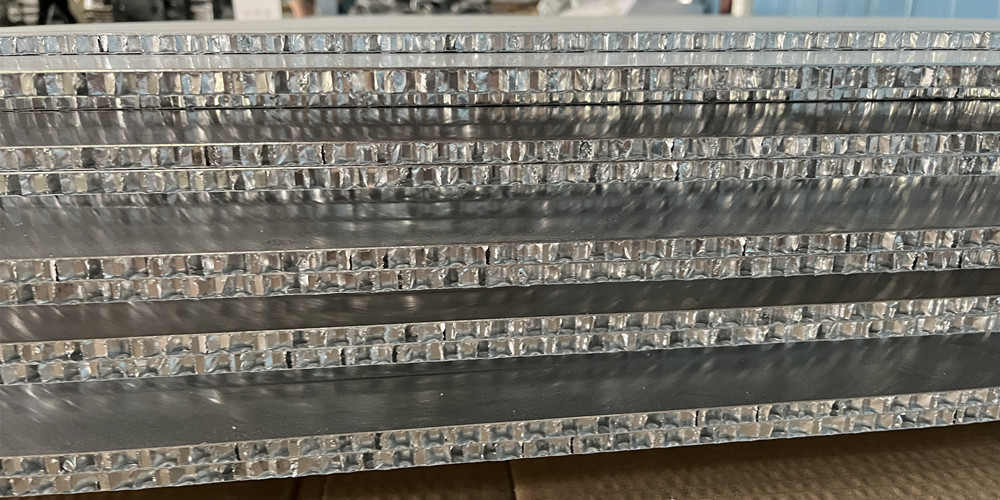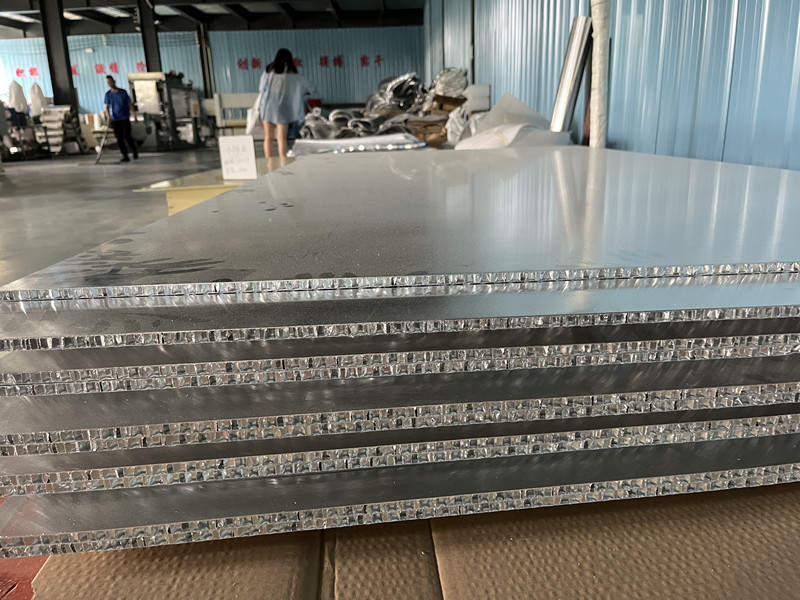
In the past 20 years, with the continuous development of economy and technology, and based on the requirements of energy saving and environmental protection, honeycomb structure products have been more used in civil fields.
New Materials – Aluminum Honeycomb
The aluminum honeycomb panel adopts a “honeycomb sandwich” structure, that is, a composite panel made of high-strength alloy aluminum plate as the surface, bottom plate and aluminum honeycomb core through high temperature and high pressure. It has light weight, high strength, good rigidity and strong corrosion resistance. , stable performance and so on. Because the air layer between the surface and the bottom plate is divided into many closed holes by honeycomb, the propagation of heat and sound waves is greatly restricted.

Techanology of Worthwill Aluminum
Worthwill Aluminum adopts European advanced production technology and high-quality raw materials. It combines with the actual needs of the domestic building installation and decoration market, to develop and produce aluminum honeycomb panels, stone, stainless steel, copper, wood honeycomb panels, glass, fabric honeycomb panels and other series of honeycomb structure products. It combines with different application occasions, different architectural style requirements and other types of honeycomb panel systems.
Development Direction
Compared with other curtain wall decoration materials, aluminum honeycomb panels have good thermal insulation and thermal insulation properties. The aluminum honeycomb panel is made of all-aluminum. The surface, bottom plate and core material are all made of high-strength alloy aluminum. It is a green and environmentally friendly product and is easy to recycle. It is the development direction of new building materials in the future.
